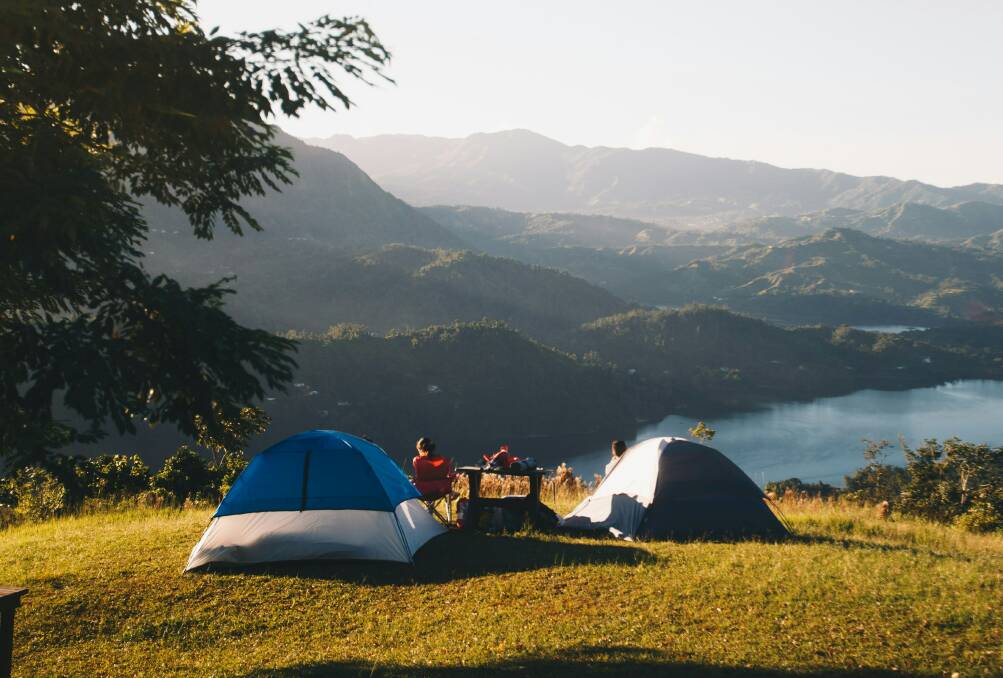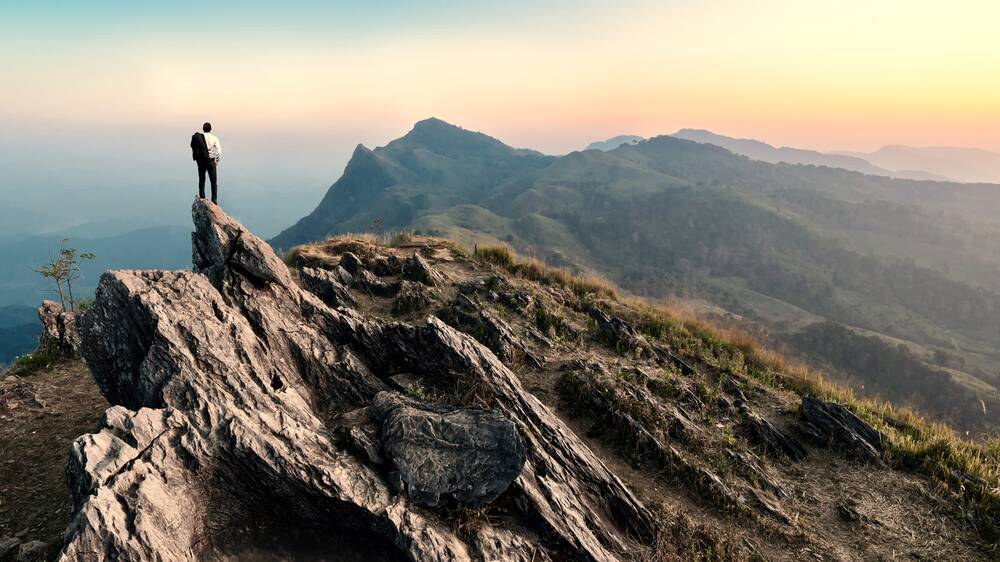Outdoor adventures await: Your guide to essential gear selection

This is branded content.
Are you ready to embark on an unforgettable outdoor adventure? Whether you're hiking through the rugged mountains of New Zealand, camping under the stars, or exploring remote trails, having the right gear is essential.
With so many options out there, it can be overwhelming to know where to start. Luckily, you can use this post as your guide to pick the essential gear for your next outdoor excursion. Read on.
Outdoor backpack
Your backpack is like a loyal friend, carrying all your essentials on your journey. When choosing a backpack, consider the length of your trip and the gear you'll need to bring.
Look for a pack with comfortable, padded shoulder straps and a sturdy frame - all great features that can be useful in storing outdoor gear like electric reels and so on. Additionally, water resistance, multiple compartments, and ventilation can make a big difference in your comfort on the trail.
Food and water storage
Don't forget your nourishment when adventuring outdoors! Make sure that you pick a reliable and sturdy food and water storage to make sure that your food doesn't spoil quickly and your drinking water remains clean and fresh.
Rely on highly reputable storage brands that feature materials that are certified as safe for food and water storage, has been lauded by outdoor enthusiasts, and so on.
Tent
After a long day of adventuring, you'll want a cozy shelter to rest your head. Pick a tent that's appropriate for the season and weather conditions you'll face. Consider factors like weight, ease of setup, and durability. If you're hiking solo, a lightweight one-person tent may be perfect. For family camping trips, a spacious multi-room tent can provide plenty of room to stretch out.
When picking a tent, pay attention to the material and construction. Ripstop nylon and polyester are common fabrics that offer good durability and water resistance. Aluminium poles are lightweight and strong, while fibreglass poles are budget-friendly but heavier. Look for features like double-wall construction for ventilation, full-coverage rainflies for weather protection, and ample vestibule space for gear storage.
Sleeping bag
A good night's sleep is crucial for any outdoor trip. Your sleeping bag is your key to staying warm and comfortable, even on chilly nights. Consider the temperature rating and insulation type when making your pick. Down filling offers exceptional warmth-to-weight ratio, while synthetic insulation performs well in damp conditions. Don't forget a comfortable sleeping pad for extra cushioning and insulation from the ground.
Outdoor footwear
Hiking boots provide excellent support and stability on uneven terrain, while trail running shoes offer lightweight agility. Consider factors like waterproofing, breathability, and traction when making your choice. Make sure to break in your footwear before hitting the trail to prevent blisters and discomfort.
When trying on hiking boots or trail shoes, wear the socks you plan to hike in and walk around the store to get a feel for the fit and comfort. Look for boots with sturdy soles, ample ankle support, and a snug fit around the heel to prevent slippage. If you'll be hiking in wet conditions, consider boots with waterproof membranes. And don't forget to pack a spare pair of socks to keep your feet dry and blister-free.

Outdoor-appropriate clothing
Layering is key when it comes to outdoor clothing. When selecting base layers, look for snug-fitting, lightweight fabrics that wick sweat away from your skin. For mid-layers, fleece jackets or synthetic insulated jackets provide warmth without bulk. And for outer layers, choose a waterproof and breathable shell jacket and pants to shield you from wind and rain.
In addition, look for clothing made from quick-drying, breathable fabrics like merino wool or synthetic blends. Finally, don't forget essential accessories like a hat, gloves, and versatile neck gaiter for added comfort in changing conditions.
Outdoor navigation tools
Getting lost in the wilderness can be a scary experience. Ensure you have reliable navigation tools to keep you on track. A detailed topographic map and compass are essential for any backcountry adventure. Consider investing in a GPS device or a satellite communication device for added peace of mind. Remember to familiarise yourself with your navigation tools before your trip and always carry a backup.
When using a map and compass, learn how to orient the map, identify landmarks, and follow bearings. Practice navigation skills in familiar terrain before venturing into unfamiliar areas. GPS devices can be incredibly helpful, but remember that they rely on batteries and can be affected by terrain and weather. Always carry a physical map and compass as a backup and know how to use them.
Handy first aid
Having a handy first aid toolkit is a non-negotiable when going outdoors. Make sure that you put in first aid basics such as gauze, bandages, and wound cleaning agents for wounds, personal drugs for any illness, and so on. Plus, attend a wilderness first aid course to equip yourself with valuable skills in case of an emergency.
To conclude
Embarking on an outdoor adventure is an incredible way to connect with nature, challenge yourself, and create unforgettable memories. By carefully selecting the right gear, you'll be prepared for whatever the wilderness throws your way. Remember, investing in quality gear is an investment in your safety, comfort, and enjoyment.


